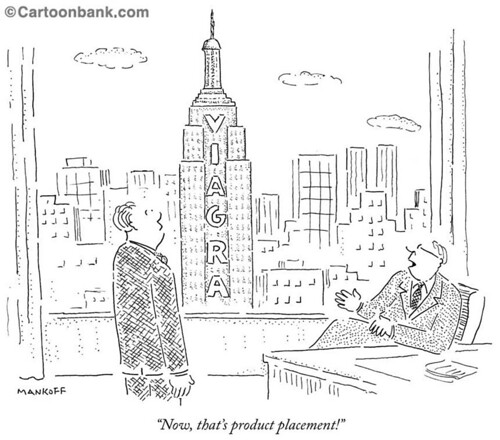
Jägermeister has become quite the popular liqueur of late. They broke new ground in the 1970s in becoming jersey sponsors in the Bundesliga (with Eintracht Braunschweig), and now we see them as presenting sponsor of a new TV show on Spike: “Toughest Cowboy.”
Emanating from venues in top major markets including Chicago, Atlanta, Indianapolis, Columbus, Raleigh, and Minneapolis-St. Paul, “Toughest Cowboy” features twelve daring competitors in one of the world’s fastest-growing sports. These fearless cowboys must ride in three dangerous disciplines each night – bareback bronc riding, saddle bronc riding, and bull riding – an unprecedented test of endurance in modern rodeo competition. One competitor will be eliminated each week in a Knock-Out elimination bull ride match. The ultimate “Toughest Cowboy” Champion crowned in the last tournament will win his dream—the deed to a spectacular ranch in the Rocky Mountains of Wyoming.
Emmy-award winning producer Mark Burnett, behind such landmark series as Survivor and The Apprentice, serves as executive producer for “Toughest Cowboy”. “Toughest Cowboy” marks the first series to emerge from a pact between Mark Burnett Productions and AEG announced earlier this year.
Jagermeister is the most popular shot brand in the United States. Considered a tough competitor in bars and nightclubs, Jagermeister is excited to bring that competitive edge to rodeo.
So how does a German herbal liqueur get interested in rodeo? Well, there’s a special drink called the “Jäger Bomb,” consisting of a half-glass of the energy drink Red Bull and shot of Jägermeister. No slouch when it comes to marketing, Red Bull is modern marketing success and prominent sports sponsor around the world.
Great idea and good work putting it all together. Winning a ranch in Wyoming is a good incentive, too. Bull riding is more responsible than sponsoring Jäger Bomb Dominos world record attempts.
0

Well, now if I were the president of this land
You know, I’d declare total war on The Pusher man.
From the Steppenwolf song “The Pusher” (Words and music by Hoyt Axton). We’ve got a new president, but I doubt he’s ready to review the direct-to-consumer pharmaceutical advertising. Maybe after he’s read the New England Journal of Medicine’s 2007 report on the topic he might reconsider:
Since 2000, direct-to-consumer advertising of prescription drugs has continued to grow both in absolute dollars and relative to other forms of promotion. Although the evidence base is growing, there are few data to support an assessment of the balance of the costs and benefits of such advertising. The debate over whether and how direct-to-consumer advertising should be more tightly regulated takes place against a backdrop of growing concern about the growth of health care spending, particularly in the Medicare program. Gaining a better understanding of the effects of direct-to-consumer advertising for prescription drugs has important public health implications not only for the United States and New Zealand, where such advertising is also permitted, but also for Canada and the European Union, where such advertising is banned but has been subject to recent challenge.
Yes, advertising does move pharma product. Take, for example, the phenomenal growth of ED drugs. Barry Silverstein’s pun-filled piece in brandchannel.com suggests we won’t soon see the end of this type of advertising. He offers these suggestions on how to make their brands more distinctive:
Barring governmental intervention, if drug companies continue to utilize DTC advertising, they will have to find ways to make their brands distinctive, if not memorable. That presents them with a number of challenges:
- Pharmaceutical brand names are vague and often meaningless. They do little to distinguish one brand from another. Consider such popular drug brand names as Celebrex (arthritis), Lunesta (sleep aid) and Vytorin (cholesterol). What do these names say about what the drugs accomplish?
- Drug advertising is, for the most part, dull and unexciting. It is a category that could use new, more effective ways of breaking through.
- Regulatory restrictions, no matter how lax, will continue to make it difficult to advertise drugs without including a list of side effects. Sometimes the recital of the list itself creates an unintentionally foreboding or even humorous aspect to a drug ad.
Ads for ED drugs does prompt a joke from the TV viewing audience. But for a real laugh, watch this clip of Robin Williams.
0

